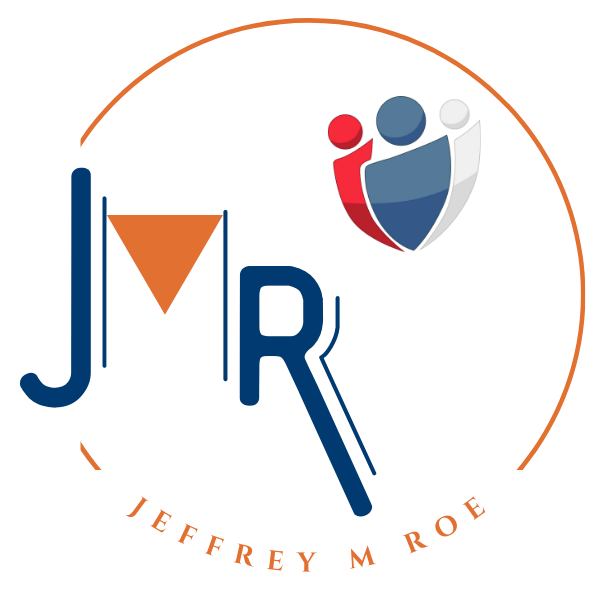Resilience Got Us Through. But It Won’t Get Us Ahead.
We’ve spent the last few years applauding resilience—and rightly so. Our teams adapted under pressure, led through ambiguity, and kept things moving through the fog.
But here’s the reality: resilience is a survival state. It helps us withstand change, not leverage it.
And in today’s environment—where disruption isn’t episodic, it’s constant—organizations need something more. We need to stop celebrating bounce-back moments and start investing in systems and cultures that are built for change.
Because resilience alone won’t get us to where we’re going. Change-readiness will.
Change Saturation Is Real—And It’s Undermining Performance
Here’s a stat that should make every executive pause: the average employee now experiences 13 enterprise-wide changes per year (Gartner, 2025). That’s more than one major change per month.
Think about that.
Restructures. Strategy shifts. Platform rollouts. Process overhauls. Reorgs. AI integration. Leadership churn.
This is what’s called change saturation—and it doesn’t just wear people down. It reduces trust, creates ambiguity, and breaks the link between direction and execution.
In saturated environments, employees stop resisting change. They stop engaging with it. They hear “transformation” and quietly brace themselves to survive it—not shape it.
That’s not just an HR issue. That’s a business risk.
Change-Readiness Is More Than Mindset—It’s Architecture
Let’s define what a change-ready workforce actually is.
It’s not just about mindset—it’s about how you design the organization to navigate and leverage change. That means:
- Clarity of direction across every level, even during disruption
- Teams with decision latitude—who don’t wait to be told what to fix
- Systems and structures that can flex and scale as priorities evolve
- Leadership that communicates consistently and curates stability through motion
In short: change-readiness isn’t just about grit. It’s a strategic capability—and it can be built.
Three Levels of Change-Readiness: A Practical Framework
To build this capability, I use a simple model with clients:
1. Individual: Psychological Flexibility
- Build emotional agility, not stoicism.
- Provide context, coaching, and autonomy in times of uncertainty.
- Recognize that people can’t adapt to what they don’t understand.
2. Team: Adaptive Norms
- Normalize retrospectives after change.
- Use pulse data to monitor fatigue.
- Make it safe to question and co-create.
3. Organization: Structural Agility
- Design flatter hierarchies and fluid roles.
- Invest in cross-functional capability.
- Create change governance models that reduce noise and increase clarity.
The most future-fit companies are activating all three layers.
What Leading Organizations Are Doing Differently
Forward-looking organizations are already rewriting the playbook:
- Unilever embeds continuous learning and “disruption sprints” to upskill in real time.
- Microsoft equips leaders with narrative tools to frame change with meaning, not just direction.
- Salesforce uses cross-functional shadowing and rotational programs to build agility into culture.
These companies aren’t asking people to simply be resilient. They’re investing in ecosystems that respond, recover, and reimagine—at scale.
Jeffrey Roe’s Take
Change is no longer the exception—it’s the operating environment. And that means HR can’t be in the business of recovery anymore. We have to be in the business of readiness by design.
That’s our opportunity: to architect organizations that don’t just weather disruption—but move through it with clarity, capability, and collective energy.
The best CHROs I know are building this now. Not waiting for disruption to knock twice.
CTA
Let’s connect on LinkedIn.

